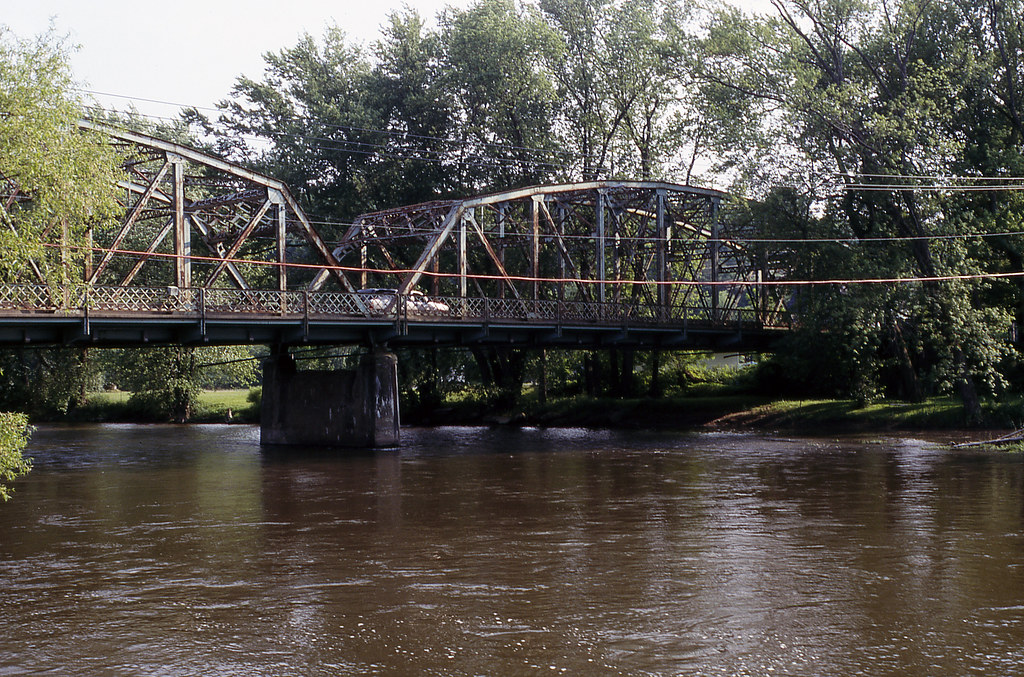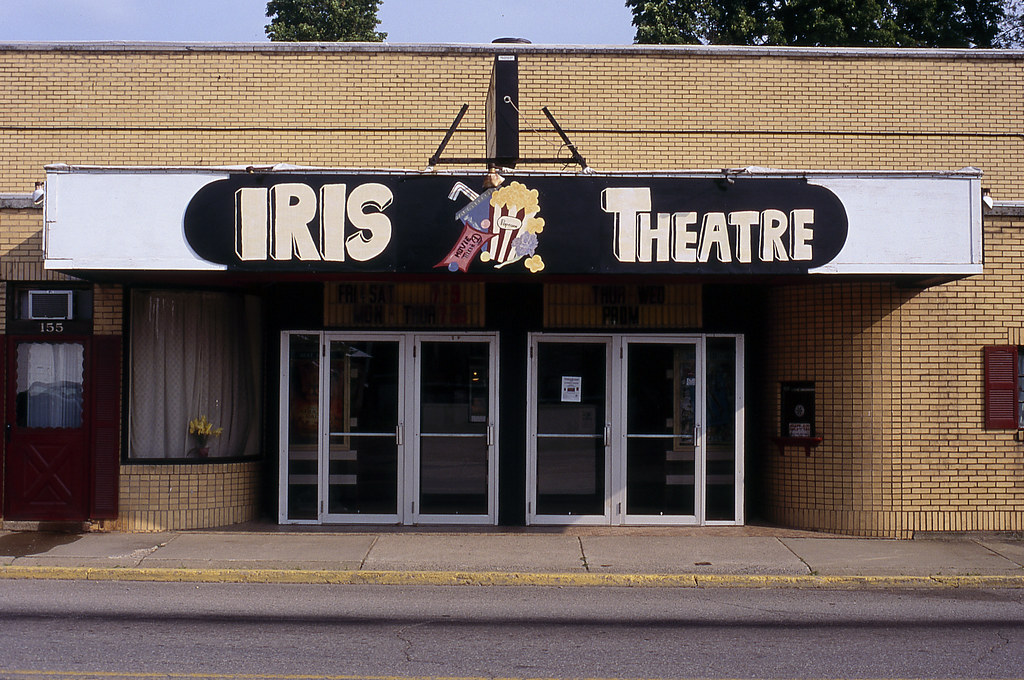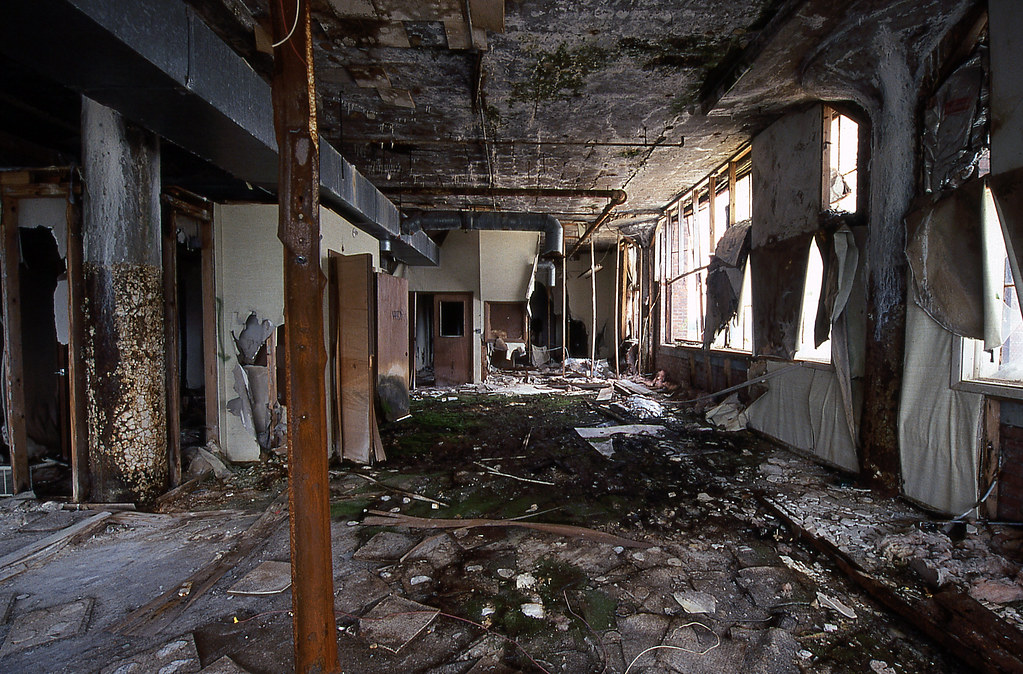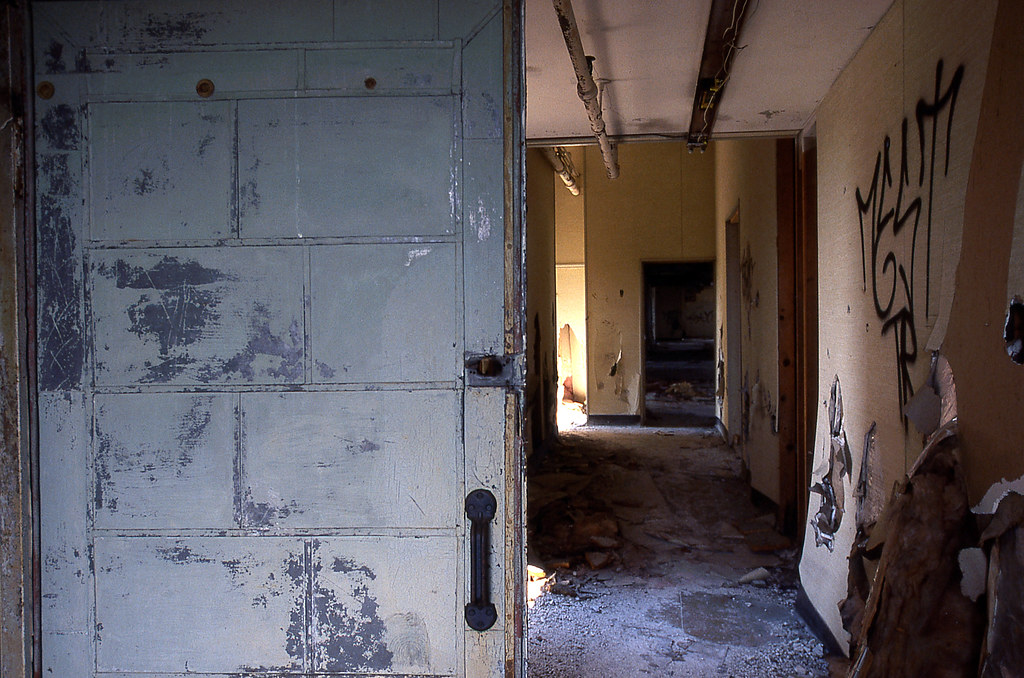I remember it clearly, having walked into Henry’s store to get film for an upcoming PYPS weekend, Winter Weekend 2006 in Oshawa, Ontario. I don’t remember exactly why I pulled the roll of Sensia 400 off the rack; my jam in those days was colour negative films. But that was also the weekend that I had a digital camera for the first time, so maybe I started to branch out in my shooting. Sensia was the right speed I usually shot (400), and the name was close to Superia (at a glance), and my journey into slide film had begun. Eventually, I branched out and shot the 100 and 200 offerings as well. Then in 2010, due to decreasing demand, the Sensia line was canned by Fujifilm; I first learned about it on my trip to Montreal from the folks at the Photo Service shop and immediately purchased a handful of rolls, it was still at the time my slide film of choice. I, of course, moved on, exploring Astia, Velvia, and Provia in my slide film journey, and still today, I have one single roll left of Sensia, which I need to shoot finally.
Film Specs
Type: Colour Reversal Film (E-6)
Film Base: Tri-Acetate
Film Speed: ASA-100, ASA-200, ASA-400
Formats Available: 135
Discontinued: 2010
Colour Rendition
One of the best parts about working with a consumer film is that the colour replication is fairly natural. No matter what flavour that I shot of Senisa, I ended up with natural colour reproduction. Which for a slide film can be difficult. Officially a daylight balanced film, bringing it indoors under artificial light tends to lean towards the warmer end of the spectrum. It is rather pleasing and honest is what sold me on the Sensia line. But also does matter the lens you shoot it behind. It performed admirably behind Rokkor and Nikkor lenses, but when I put it behind the iconic Minitar 1 lens on the LC-A+, the optics there did give the film a much stronger punch, but then again, that was also an expired roll. What is also awesome about Sensia is that it expires rather nicely; it doesn’t lean towards magenta as most Fuji slide films do. If anything, it goes more towards yellow but only slightly if properly stored. I have not tried any heavily expired Sensia. I also don’t know how well it would handle Cross-Processing, but it would look excellent if it’s like Kodak’s consumer slide film, Elite Chrome.




Image Quality
Being a slide film, you can already expect an excellent image quality from the film. Still, as with the colour replication, the image quality is consistent across all three versions of the film, with only minor changes in film speed changes. Overall the image quality I get from Sensia is excellent. There is an excellent contrast to help with both colour separation and tonal separation (it desaturates very well, I didn’t include any, but I did adjust some scans to see) and superb edge sharpness. Both are important for projection, and it does project well; I remember troubleshooting some old scans with my Opa and using his slide projector to see the images on a screen. There is a bit more grain as a result, but nothing too serious; it shows more on the 400-speed option. But even the 200-Speed version isn’t bad!




Scanning
When it comes to scanning, I had scanned any form of Sensia as most of what I shot I was not scanning at home. Mostly done by the lab that I processed it with. But having one small roll of expired film of Sensia 100 to reacquaint me with the film stock. And while I did shoot it through the Minitar-1 lens, which did pump up the contrast, Sensia is an easy film to scan. A consumer slide film made before the wide availability of home film scanners is an excellent but unsurprising trait. I did mention that the film projects well, which is exactly what a film scanner does. I did have an edge with my Nikon Coolscan V ED, which did an excellent job getting that colour replication nailed. But even in the past, using an Epson V500 and lab scans did an excellent job in some cases. When it came to post-processing, there was little I had to adjust in the way of levels and colour balance, and in many cases, the automatic functions did a good job.




Overall Impression
If there is one slide film other than Kodachrome that I miss the most, it would be Sensia! It’s an easy film to handle and is available at speeds for any condition! I mean, Sensia was only one of three slide films that offered up a 400-Speed option! And they’re all gone now also. It made colour positives available to the masses, sure Kodachrome was used for years, but Sensia was an E-6 film and was faster. Even in the waning days of mass film photography, I could get Sensia at a local photo lab without having to go to a store like Henry’s. The first film also felt a sense of loss when it was dropped, probably due to low demand after digital gained greater availability. And also remember hunting down the stuff on trips to Montreal and New York City in small out of the way photography stores still had the film in stock. If you are planning on getting your hands on Sensia, like any expired film, ensure that it has been well stored and not too old, most are starting to push a decade past the expiry date by this point, but even still, it is well worth the effort.
Further Reading
Don’t only take my word on the Fujifilm Sensia line, check out these other reviews!
Jess Hobbs – Fujichrome Sensia 200 (Expired)
Lomography – Fuji Sensia 100 Review
Kash Photo – Colour Vibes with Fujichrome Sensia 200
Emulsive – My Fuji Slide Affair
35mmc – 39 Slides – A Whole Roll of Fuji Sensia 100
MFLenses – Fujichrome Sensia 100 Review
2 Comments